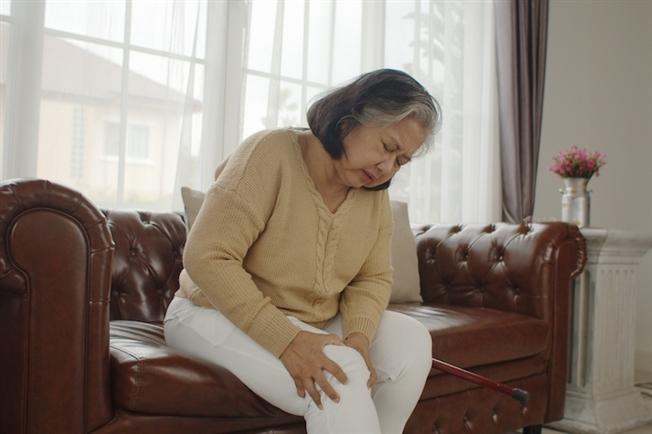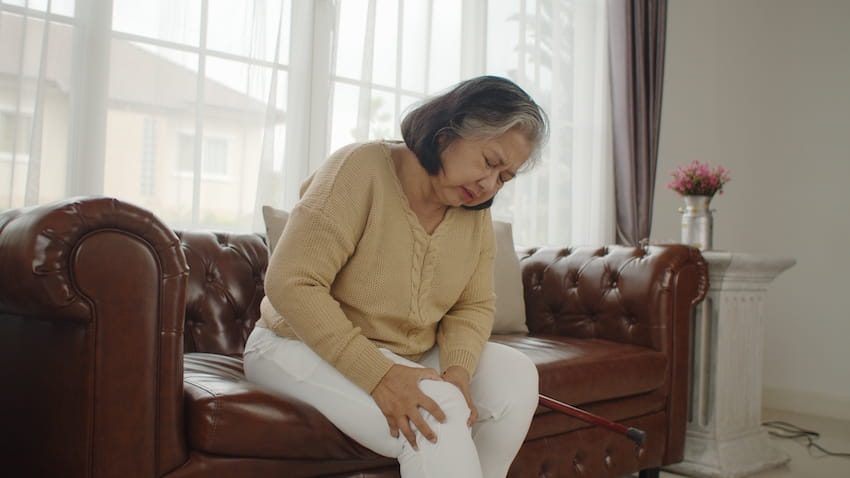What you need to know about serious leg pain

It's easy to dismiss troublesome leg pain as a part of the aging process or even arthritis. But pain that occurs in your leg muscles—not in the joints, like arthritis—shouldn't be ignored.
"This pain could be the sign of peripheral vascular disease (PVD)," says Hank Hirsch, MD, a vascular surgeon at Main Line Health. PVD is a common blood-vessel disease that happens when leg arteries become narrowed or clogged by a buildup of fatty deposits, similar to heart disease. Blockages limit blood flow, which can lead to leg pain, ulcers or gangrene. "Because PVD is associated with increased risk for heart attack and stroke, getting it diagnosed so it can be treated is very important," emphasizes Dr. Hirsch.
CALL 484.324.7100 FOR CONSULTATION
What are the symptoms of PVD?
PVD can be hard to spot. "People often write symptoms off," says Dr. Hirsch, "but you should absolutely call your doctor when certain signs show up." These include:
- Pain or cramping in the legs or hips while walking that goes away after rest
- Numbness or weakness in the leg or foot
- Aching in the foot while at rest
- A leg or foot that feels colder than the rest of the body
- Foot sores that won't heal

How is PVD diagnosed and treated?
A quick test called the ankle-brachial index can detect PVD. Your doctor can advise if you should have one based on your symptoms and risk factors, including being age 50 or older and/or having diabetes, high blood pressure, high cholesterol or smoking.
PVD can often be managed with lifestyle changes or drug therapy. There are also catheter-based or minimally invasive surgical options to help open or bypass blocked arteries if needed.
Think you may have symptoms of PVD? Our vascular specialists can help.
Main Line Health serves patients at hospitals and health centers throughout the western suburbs of Philadelphia. To schedule a consultation, call 484.324.7100.
 Content you want, delivered to your inbox
Content you want, delivered to your inbox
Want to get the latest health and wellness articles delivered right to your inbox?
Subscribe to the Well Ahead Newsletter.
